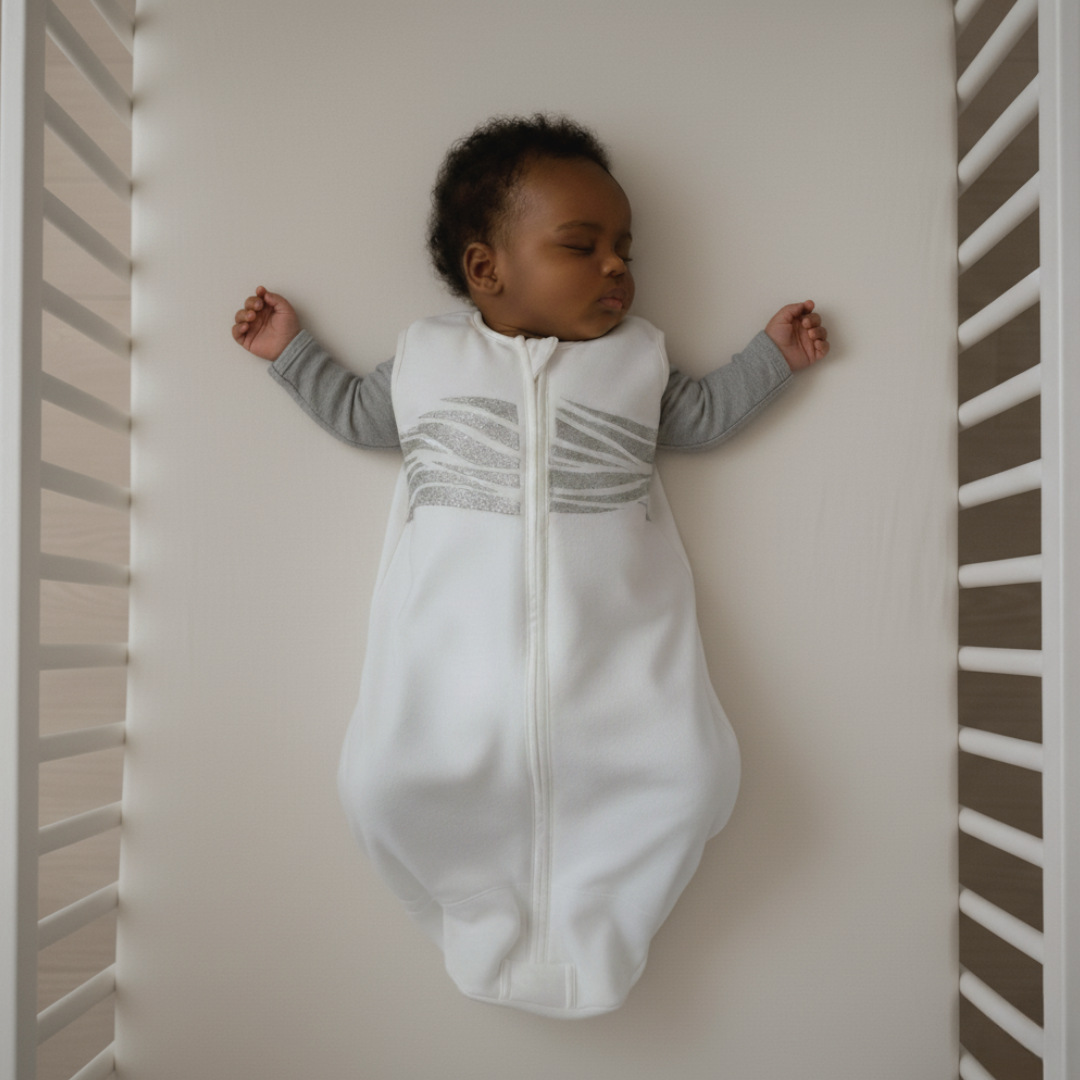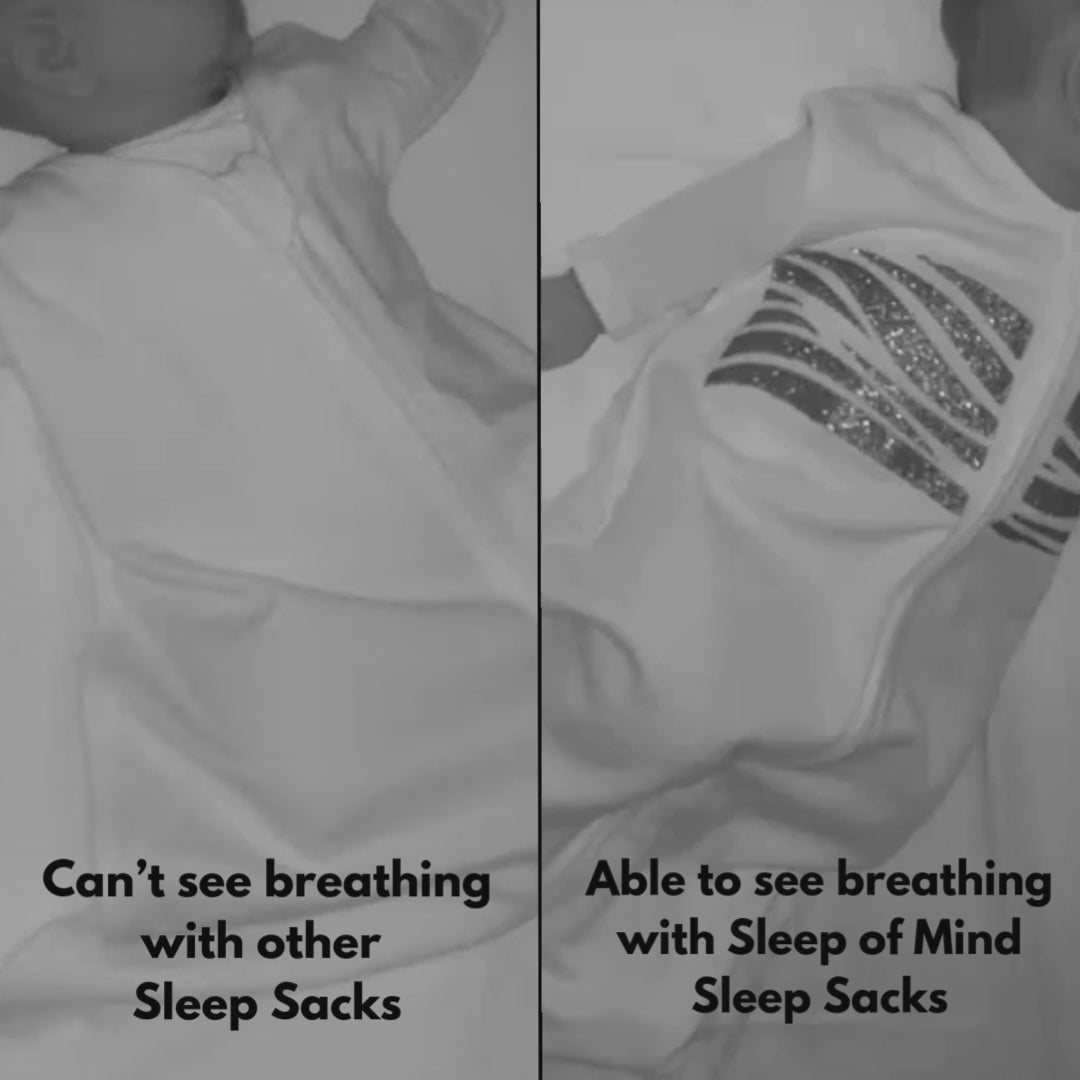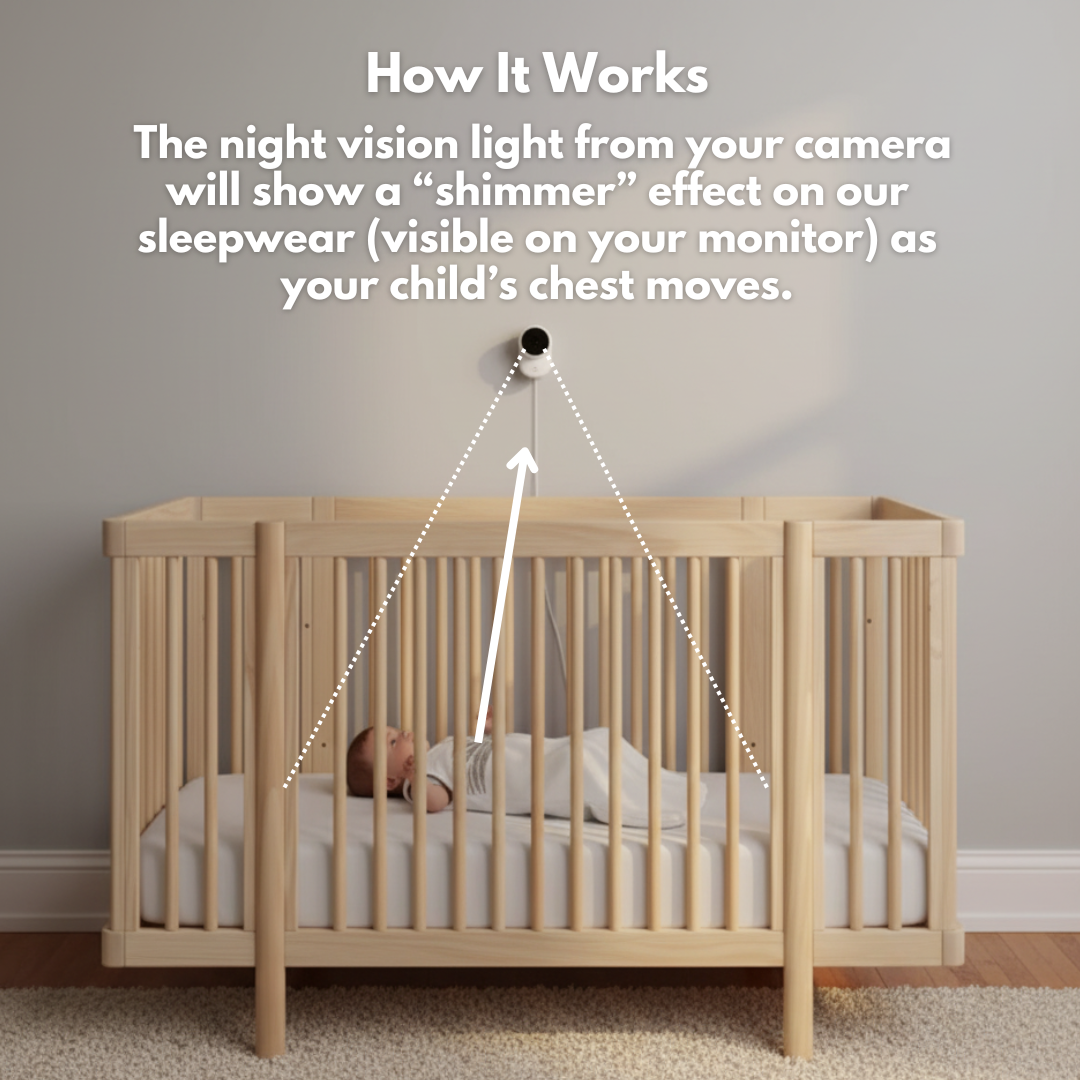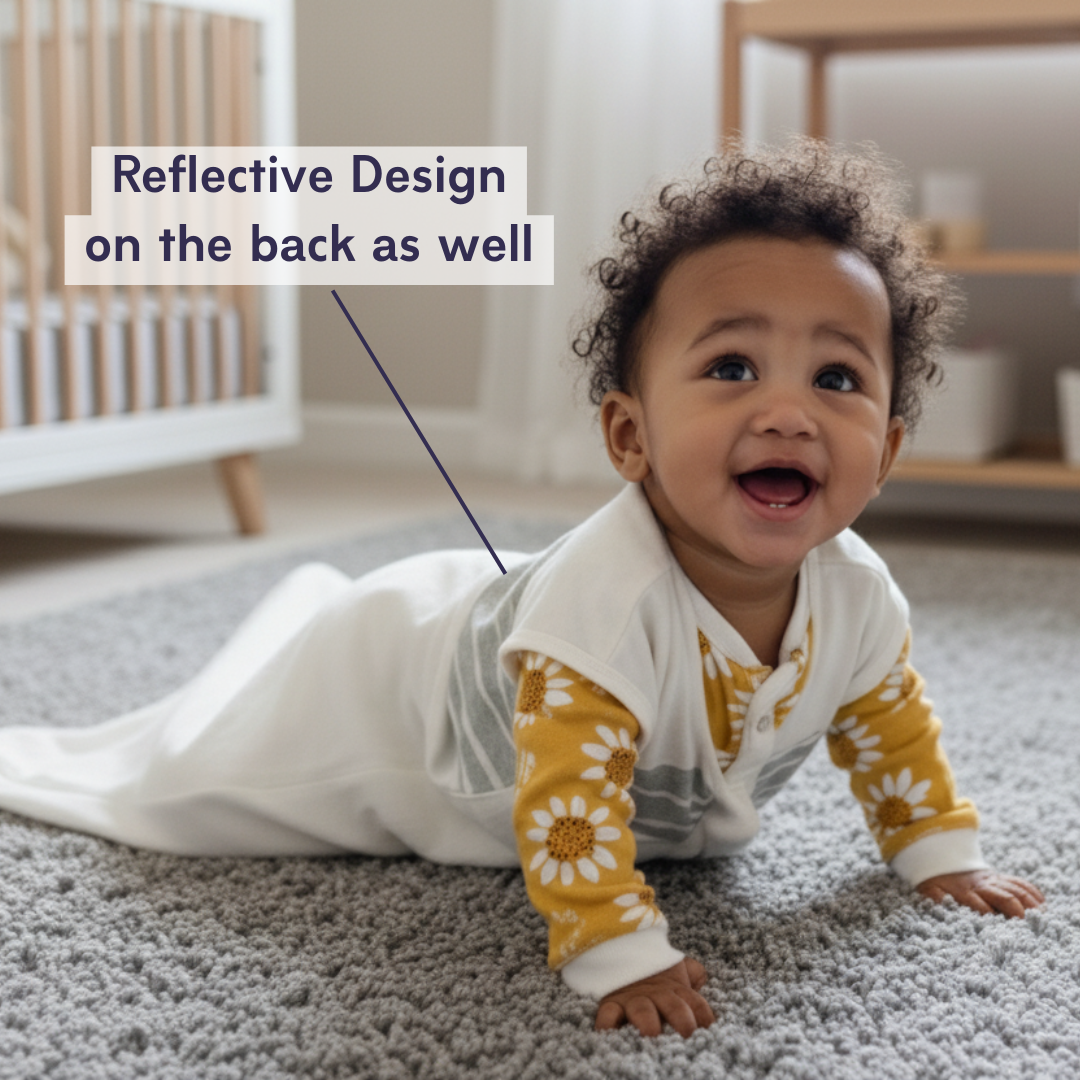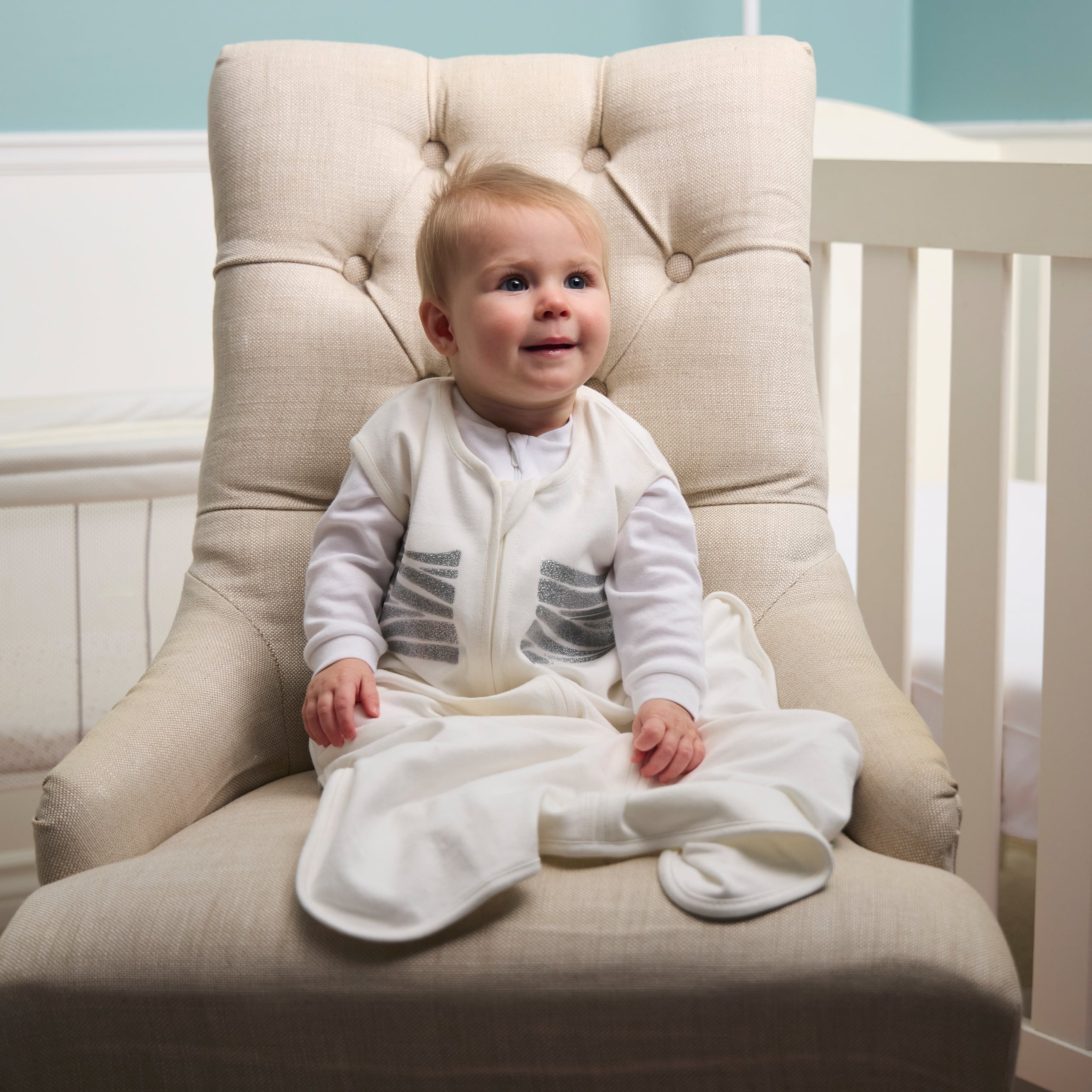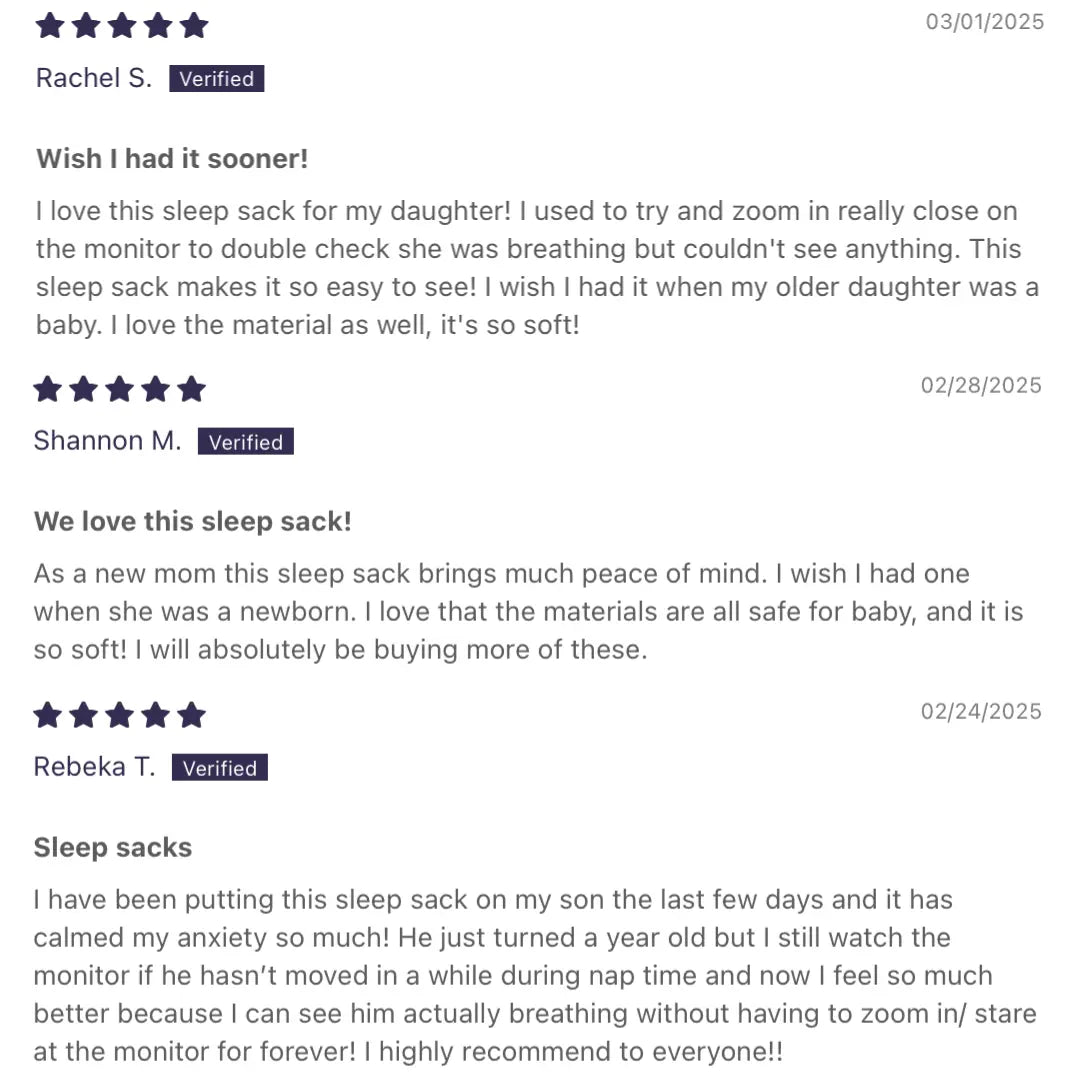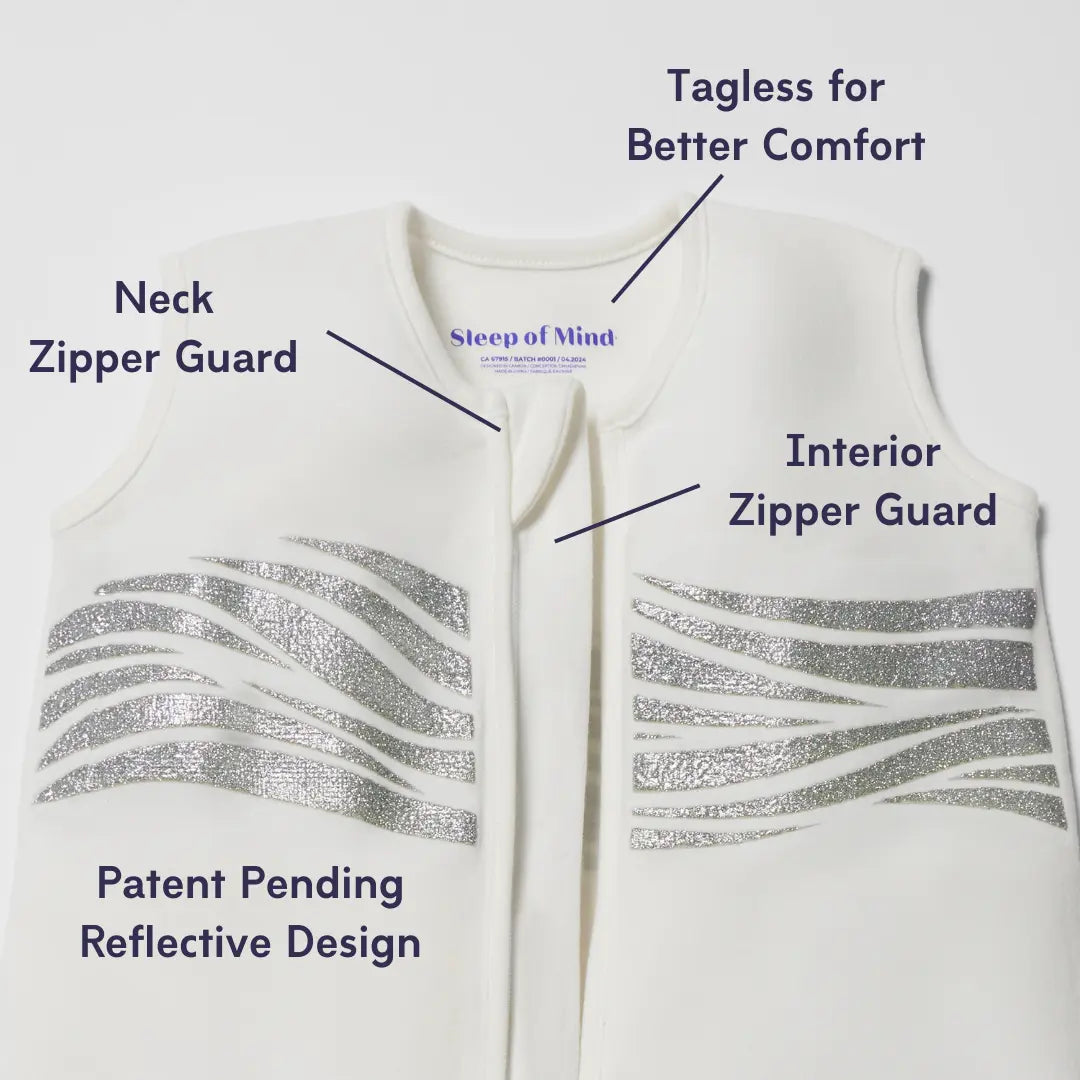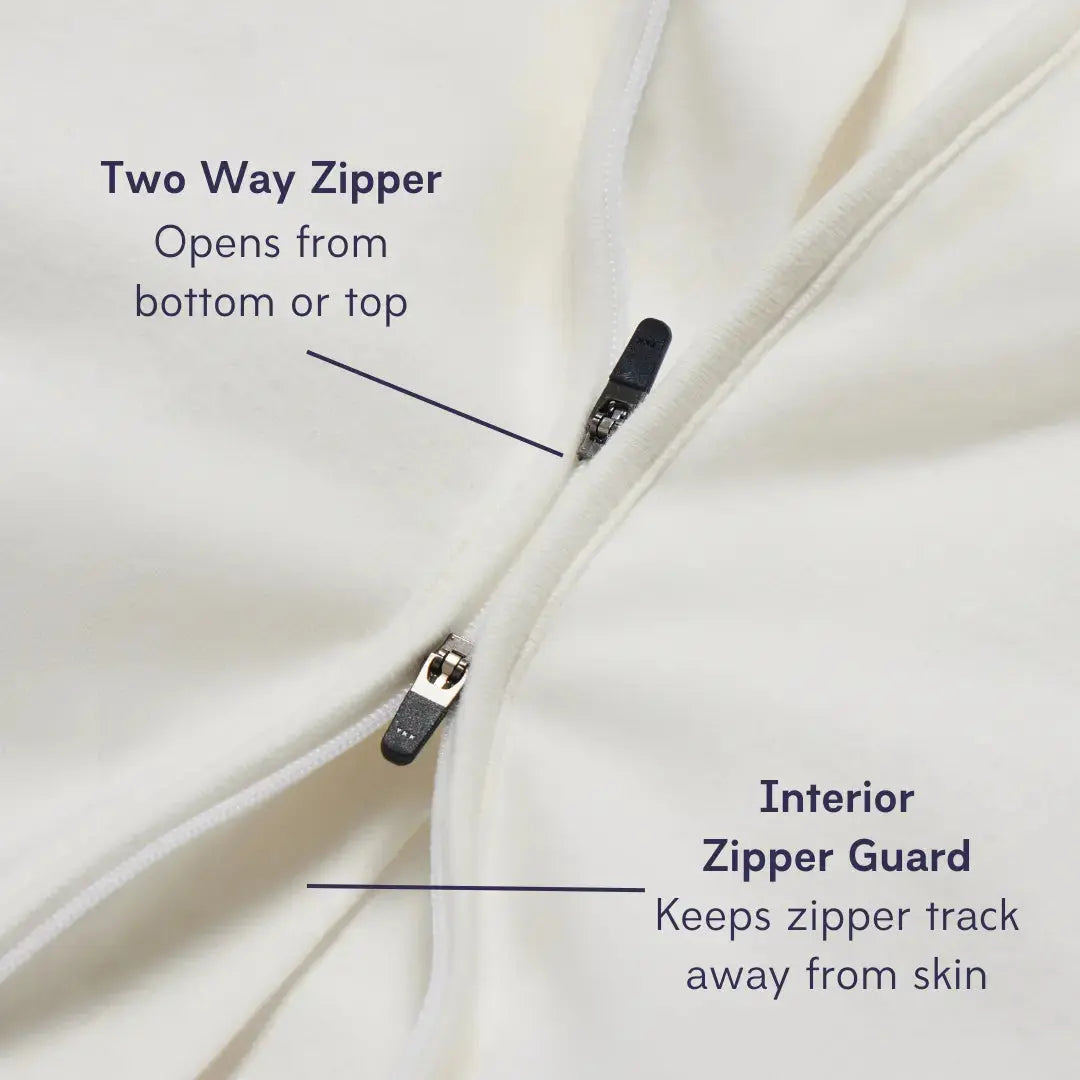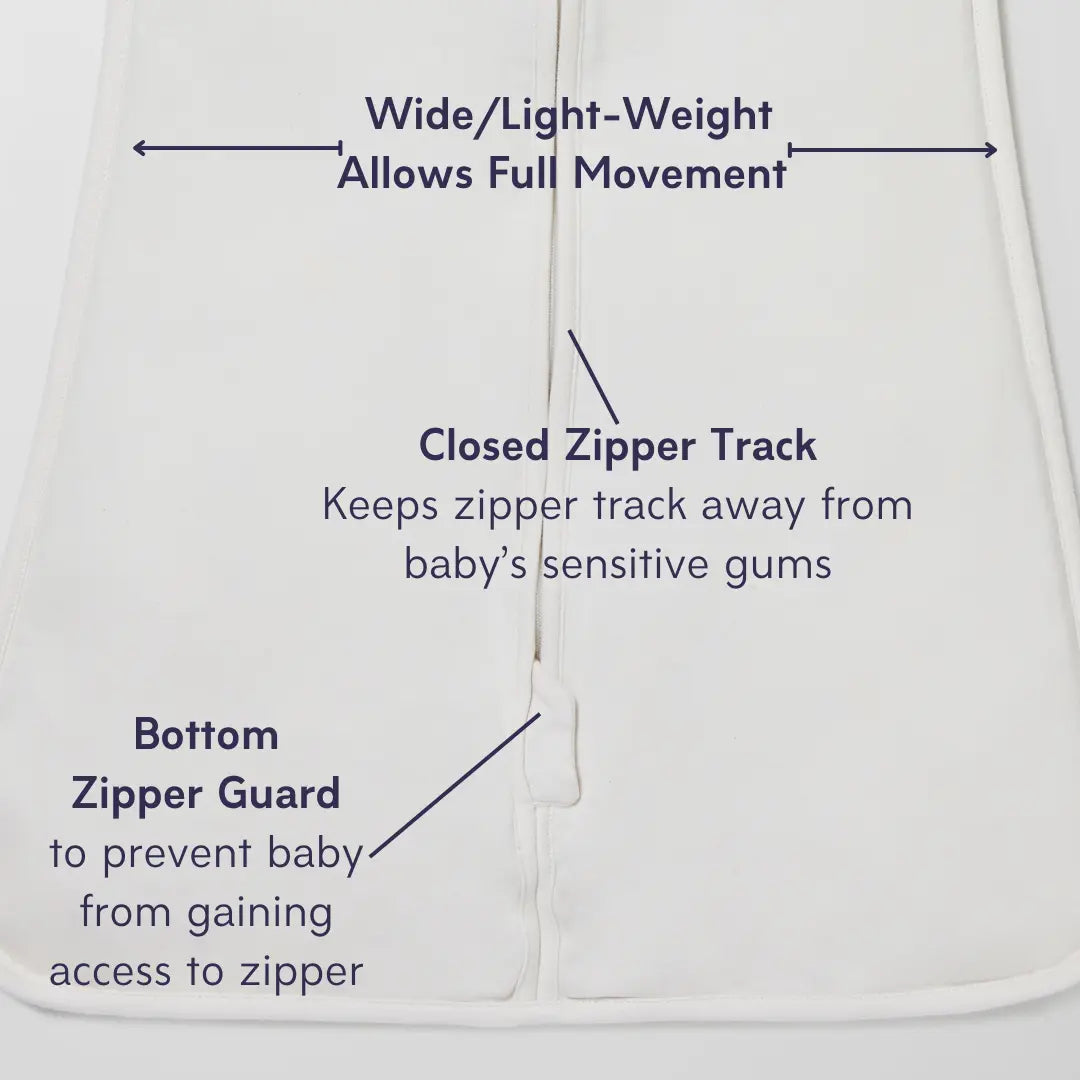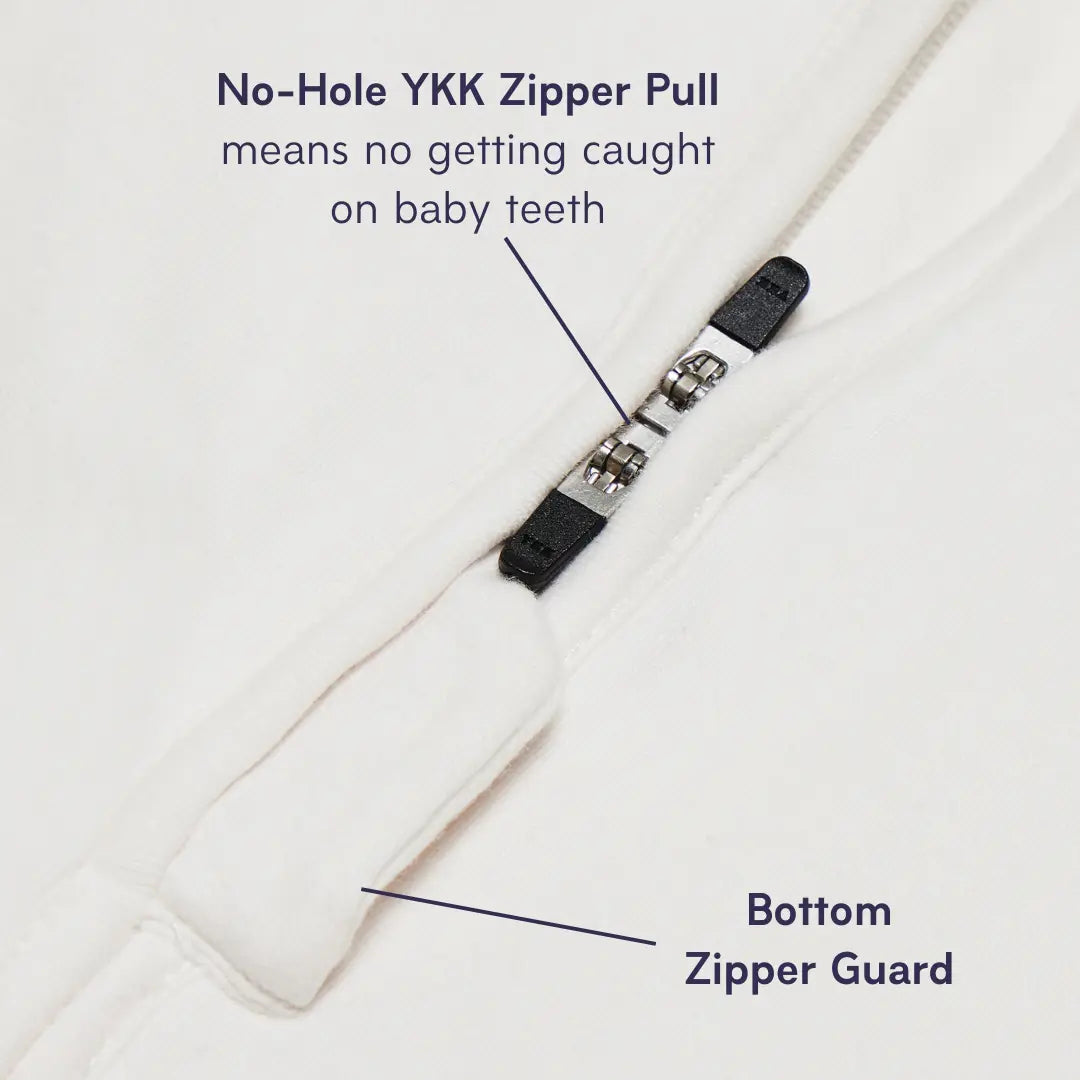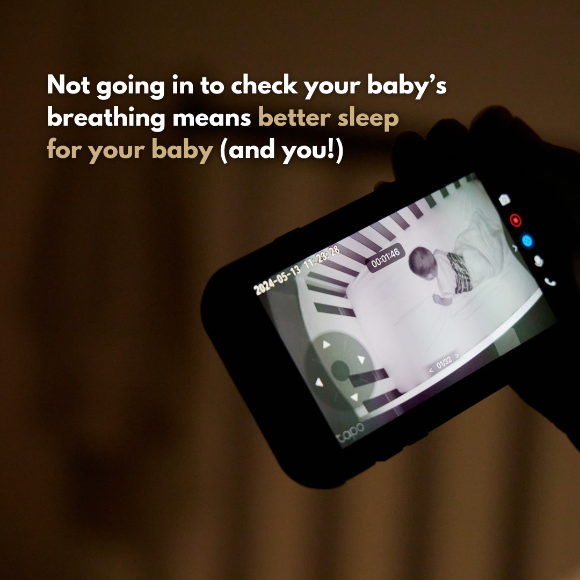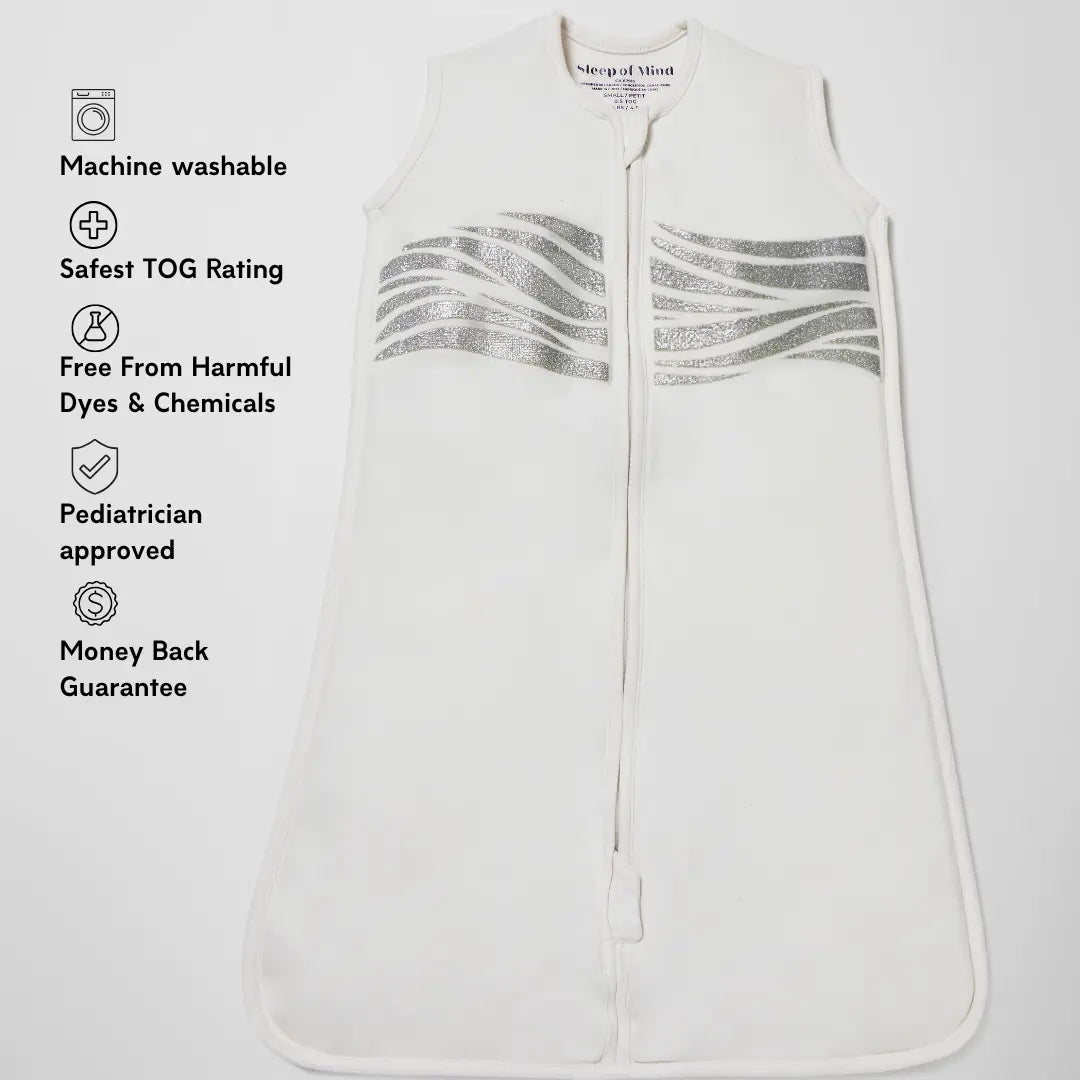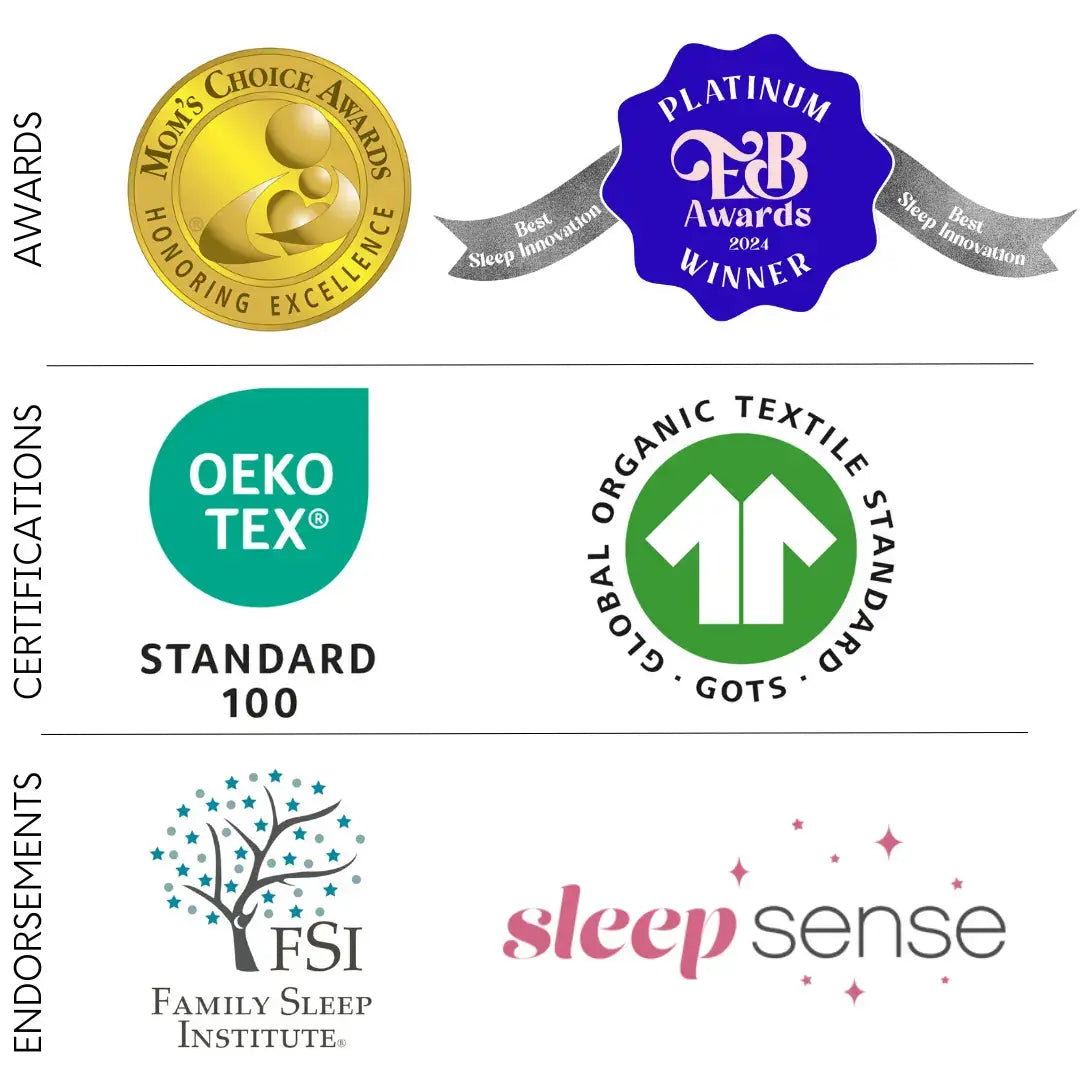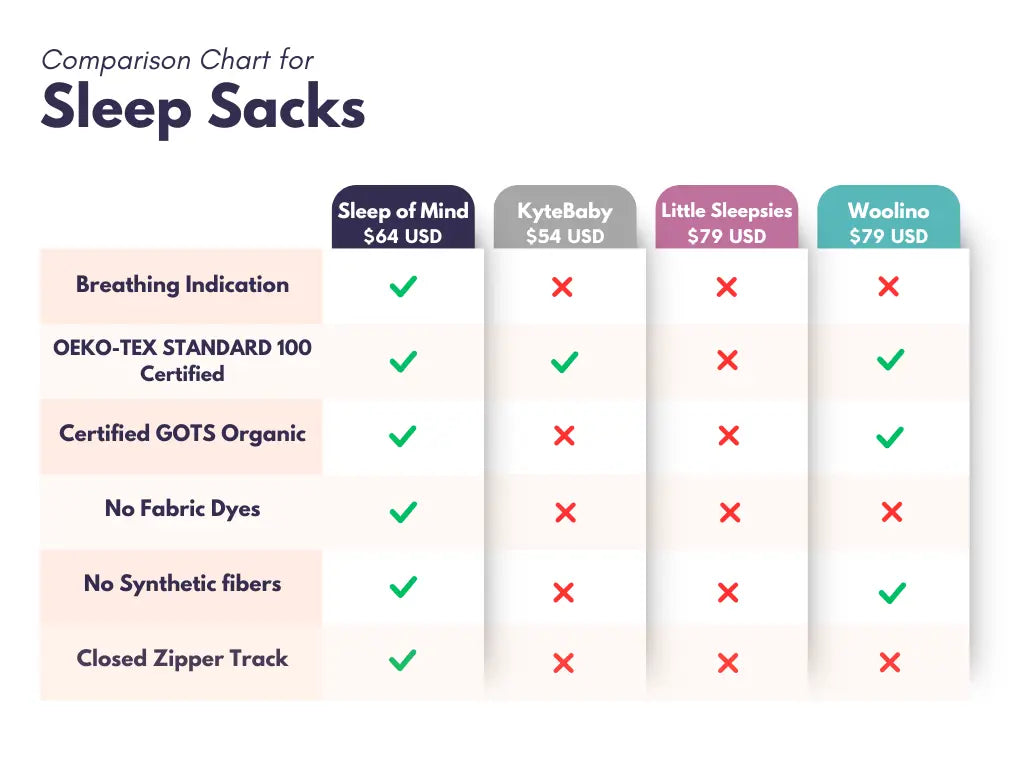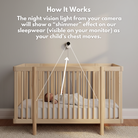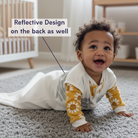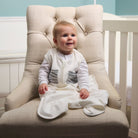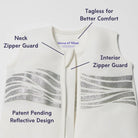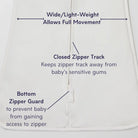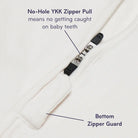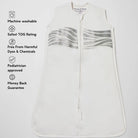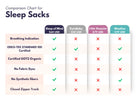Ever been so tired because your baby won't sleep, and you've turned to the internet for help? It's a common thing for parents. But not everything you find online is safe, especially when it comes to your baby's sleep.
Some tips might seem okay, but they could actually be dangerous for babies under 12 months old or in cribs. Let's explore popular sleep tips that could actually be harmful to your baby's well-being. Stay informed and keep your baby safe with these essential insights.
#1 - Use of Weighted Items

Weighted objects in cribs have been cautioned against by the American Academy of Pediatrics (AAP). These can include weighted garments, blankets, or even unconventional items like a glove filled with rice. The concern lies in the potential suffocation risk they pose, even for newborns who are capable of moving during active sleep phases.
Any object in the sleep area can shift and accidentally obstruct a baby's airway, leading to compression or blockage of the airway, which is incredibly dangerous. You can find additional information on creating the ideal sleep environment for your baby, including do's and don'ts, here.
The weighted objects have been linked to a higher incidence of SIDS, a troubling trend observed not just in America but worldwide. But what is SIDS?
What is SIDS?

Sudden Infant Death Syndrome (SIDS), often referred to as crib death, is a devastating event for parents, involving the unexpected and unexplained death of an otherwise healthy baby during sleep. While the exact cause remains a mystery, certain factors like putting babies to sleep on their stomachs, exposure to cigarette smoke, and overheating have been linked to a higher risk.
Adding weighted objects to the crib can worsen these risks by potentially blocking the baby's airway or causing overheating, making them unsafe for sleep. It's like adding fuel to the fire of an already uncertain situation.
If your baby finds comfort in falling asleep with your hand on them, it might seem harmless during daytime naps when you can closely monitor them. However, when it comes to nighttime sleep, it's crucial to explore other soothing methods. And for babies older than 16 weeks, helping them learn independent sleep skills becomes increasingly important, steering away from reliance on external sleep aids.
#2 -Any Kind of Crib Bumpers / Liners

The baby industry often promotes crib bumpers, making them appear essential for a well-decorated nursery. However, the reality is that crib bumpers are unnecessary and unsafe for sleep. Despite the misconception that they prevent injuries, crib bumpers can actually lead to serious harm. There have been numerous cases where babies became entangled or suffocated due to crib bumpers, even those made from breathable mesh materials.
Additionally, DIY solutions like Pool Noodle crib bumpers should be avoided as they can release harmful chemicals and pose ingestion hazards. For parents concerned about their baby's limbs getting stuck in crib slats, using a sleep sack for all sleep times can be an effective solution. While it may take time for your baby to learn how to control their movements in the crib, patience is key.
If worries about safety persist, a pack-and-play or travel crib can provide a temporary safe space while your child develops their motor skills. Moreover, it’s crucial to steer clear of shortcuts to sleep. These methods can be both dangerous and ultimately ineffective.
#3 - Use of Sleep Positioners

It’s important to emphasize that sleep positioners are not safe for babies, according to the guidelines set by the American Academy of Pediatrics (AAP). The AAP warns parents and caregivers against using sleep positioners because they can cause infants to struggle to breathe and even lead to death.
This warning is also backed by the Food and Drug Administration, which has reported cases of infants suffocating after rolling over from their sides to their stomachs while in these devices. Such products, also known as nests or anti-roll items, pose significant suffocation risks, especially when the baby is left unattended or the parent is asleep.
When Do Babies Roll Over?
Now, you might be wondering, "When do babies roll over?" Generally, babies start rolling over between 4 and 6 months of age, although this can vary. Using sleep positioners can interfere with this natural movement and increase the risk of suffocation, making these products unsafe.
If you're worried about your baby rolling onto their tummy, rest assured that it is generally safe if they do it on their own. As long as your baby is not swaddled and is placed in an empty crib rather than a bassinet, it is safe to leave them as they are. Babies often sleep better on their stomachs because the Moro reflex is not activated, and it helps them feel more secure with their vital organs more protected. However, it is still crucial to always put your baby down on their back to sleep and let them roll over naturally if they choose to do so.
Thus, avoiding sleep positioners is vital for your baby’s safety. Allowing your baby the freedom to move naturally in a safe sleep environment is the best way to promote healthy sleep habits and reduce the risk of suffocation.
#4 - Pacifier Hacks

Pacifiers can be a wonderful tool for soothing infants, as they activate the sucking reflex which is very calming. The American Academy of Pediatrics (AAP) even recommends using pacifiers with newborns because they can help reduce the risk of Sudden Infant Death Syndrome (SIDS). However, it can be frustrating when pacifiers fall out and wake the baby. Many parents turn to online hacks to keep pacifiers in place, but these methods can often be unsafe.
Adding other items to the sleep environment, such as bibs, poses suffocation and strangulation risks. Fabrics that can cover the airways are hazardous, and tucking stuffed animals or pacifier cords into clothing is also dangerous. These practices go against the AAP's safe sleep guidelines.
The safest approach is to stay nearby while your baby sleeps with a pacifier. When your child reaches 16 weeks old, it may be a good time to start teaching them to sleep independently, which can help move away from reliance on the pacifier.
As parents, we all know that safety is paramount for every child. It's crucial to follow what's best and stay informed about AAP guidelines and recommendations to ensure your family has a safe and sustainable sleep plan.

Remember, while the internet is full of tips and tricks, not all of them are safe for your baby. Prioritizing safety helps ensure your baby’s well-being and gives you peace of mind. Always choose methods and products that are proven to be safe, and when in doubt, consult with a trusted pediatrician or sleep consultant. Because your baby’s safety and health are worth it.


